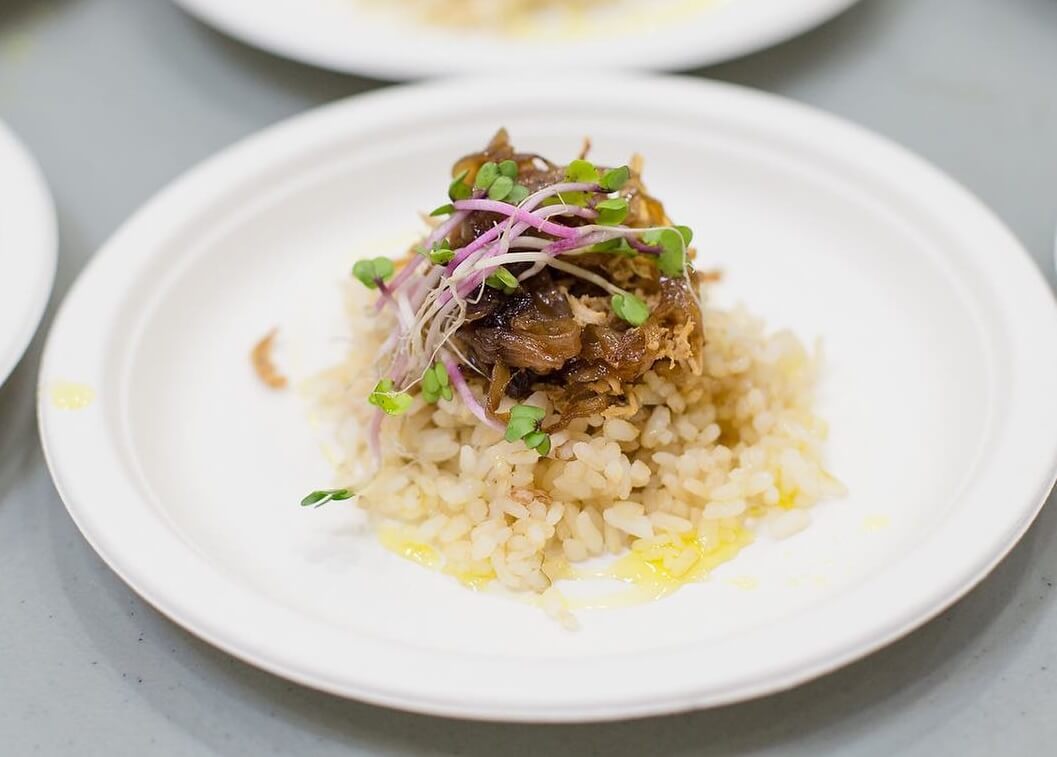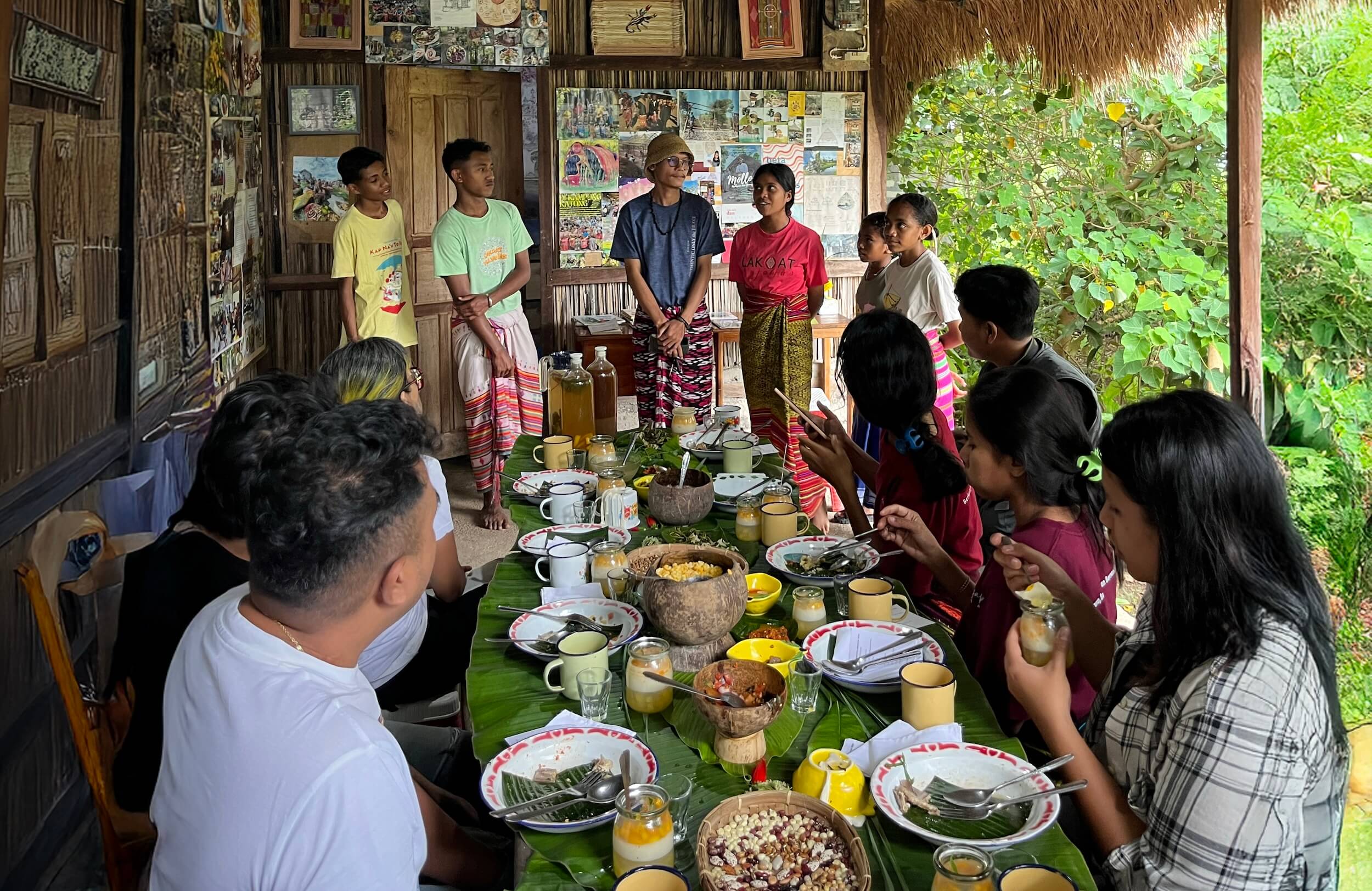





Adobo, sinigang, and ube desserts are some Filipino dishes gaining global recognition—largely thanks to a growing number of high-profile Filipino restaurants and chefs, diaspora communities, viral vlogs and social media posts, and praise from renowned chefs and food critics. Some have even declared Filipino food the next big thing in the culinary world.
This attention has been a long time coming says Filipino chef and advocate Jam Melchor. He hopes to move the needle further through the activities of his non-profit group, the Philippine Culinary Heritage Movement. Its mission is to promote Filipino food heritage, especially heirloom recipes and (Philippine) regional cuisine.
“I became an advocate because I believe in our local cuisine, even when Western restaurants began popping up, and locals tended to favour them over our own,” says Chef Jam. “Back in the day, many found our dishes rustic or uncool, but now, everybody has jumped on the #lovelocal train.”

Chef Jam describes Filipino cuisine as highly diverse, a mix of regional, indigenous, and Western flavours. While some critics pan the lack of a singular representative Filipino dish, Chef Jam sees this diversity as a strength.
“We should celebrate our diversity,” he says. “With over 7,000 islands, Filipino cuisine is more than just Kapampangan, Ilonggo, or Cebuano food. We have to embrace and promote dishes from all parts of the country.”
Chef Jam hails from the province of Pampanga, which is often called the country’s culinary capital for its rich cuisine of bold flavours and unique dishes. It was only natural for him to grow a passion for cooking while learning recipes from his grandparents, who were both excellent cooks.
For Chef Jam, however, the country’s other provinces have as much to offer as Pampanga. This thinking inspired him to produce Kayumanggi, a collection of 150 recipes of classic dishes from Luzon, Visayas, and Mindanao regions. He compiled these recipes during his travels to these regions.
He notes that many of the dishes use salt and souring agents or involve fermentation—traditional techniques used to preserve food in a tropical climate before the advent of refrigeration. These techniques not only extend shelf life but also give Filipino cuisine distinct tangy and full-bodied flavours.

Chef Jam is quick to emphasise, though, that the recipes in Kayumanggi are meant as a guide. “People are free to use these recipes or create their versions,” he says. “Food is an art form; it should be dynamic and open to interpretation.”
He lauds young Filipino chefs who are elevating traditional Filipino cuisine. “They’re very creative in the way they play with the ingredients and present food,” he says. “They understand trends and what appeals to the public.”
Chef Jam notes that traditional Filipino food is made from scratch and uses locally sourced and easily traceable ingredients. It is also deeply influenced by terroir, which means taste can vary based on the local produce and ingredients available in the area.
This variation is even more noticeable in Filipino dishes prepared abroad, where access to traditional ingredients, such as Philippine-made sauces and condiments, is limited. Chef Jam says this essentially makes it difficult to impose “standard” recipes and flavours. He says one way to address this is by helping Filipino artisanal food producers sell their products overseas.
Chef Jam says there is still much to be done to promote Filipino food culture. “I think we need to start with our ASEAN neighbours,” he says. “They are interested to know our food, and we are also interested in theirs too. We can learn a lot from each other.”
To get people in the ASEAN region interested in Filipino food, he suggests letting them try Kinilaw (Filipino ceviche), an appetiser of fresh seafood marinated in vinegar, onion, garlic, and ginger. He also suggests sampling various types of Suman (sticky rice or cassava cake), a treat that will taste familiar to the Southeast Asian palate.
Chef Jam points out that the country should not just aim for a global spotlight but grow from within. Among others, he is advocating the passage of a Philippine culinary heritage bill that officially recognises gastronomy as an art form that the National Commission for Culture and the Arts can further develop.
He also pushes for a bigger celebration of the Filipino Food Month every April, a declaration he helped pass in 2018. This declaration aims to foster a deeper appreciation for Filipino culinary tradition.
Chef Jam also supports efforts to preserve traditional food products that are slowly vanishing. “For example, if no one buys tinawon, an heirloom rice variety grown in the Ifugao Rice Terraces of the Philippines, then there won’t be demand to produce it,” he says. “We have to invest in good agricultural practices and technologies and tap indigenous knowledge.”
Much like crafting a good recipe, the Philippines must achieve well-balanced flavours of tradition and innovation to elevate its cuisine to new heights.
The views and opinions expressed in this conversation are solely of the interviewee and do not reflect the official policy or position of ASEAN.
Follow on IG <@chefjamme>








